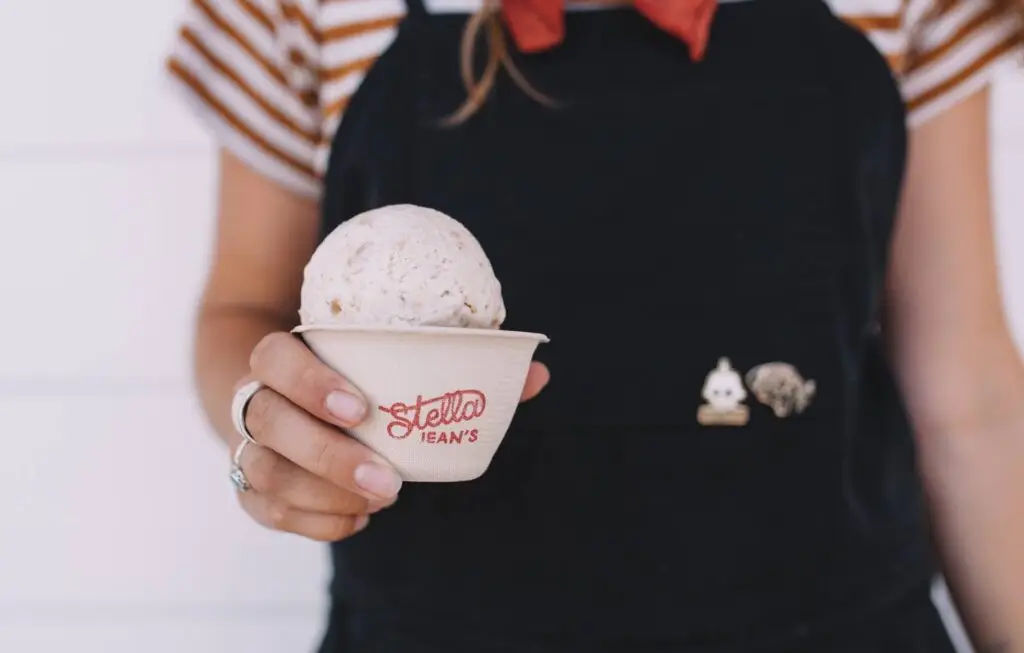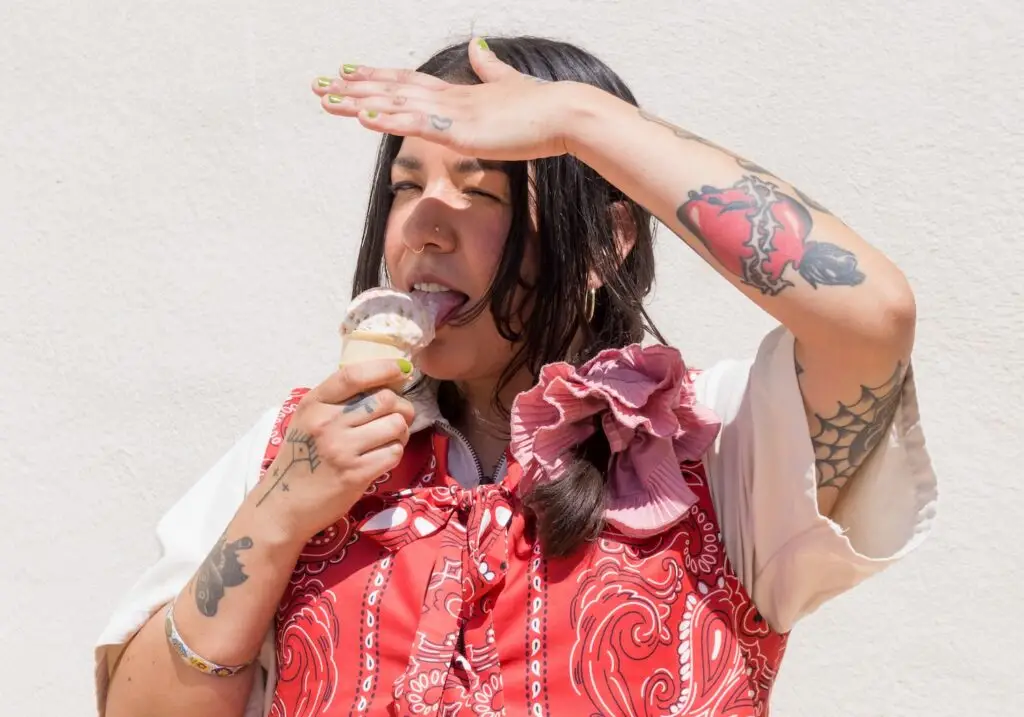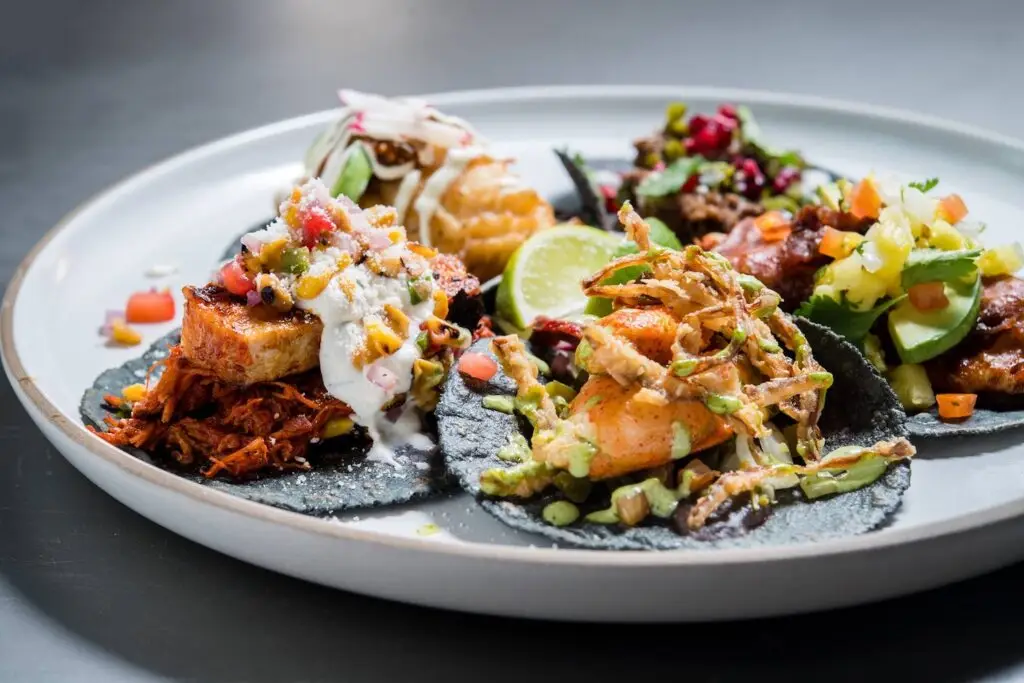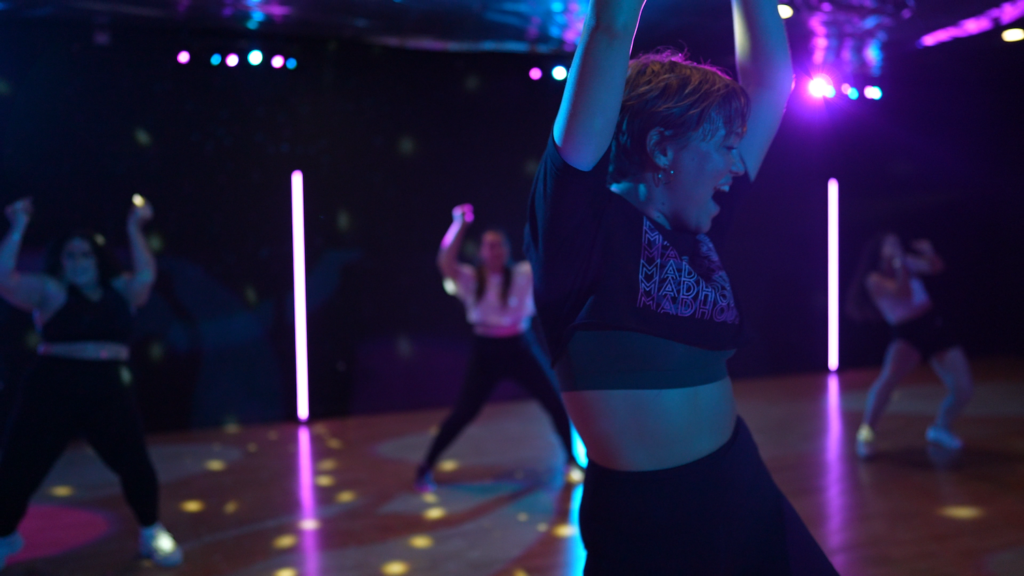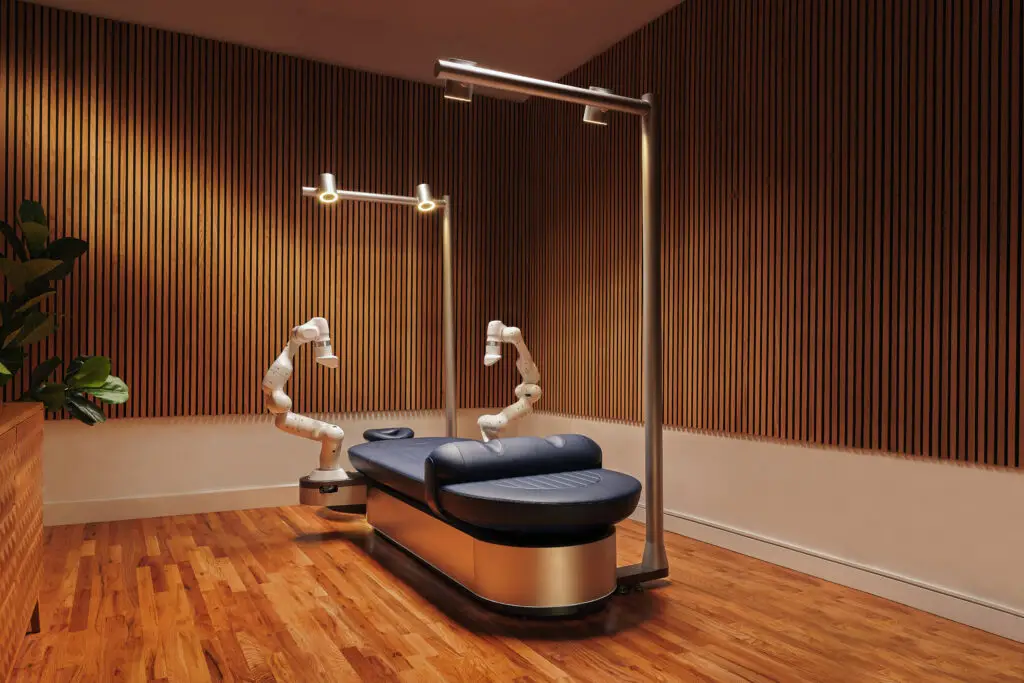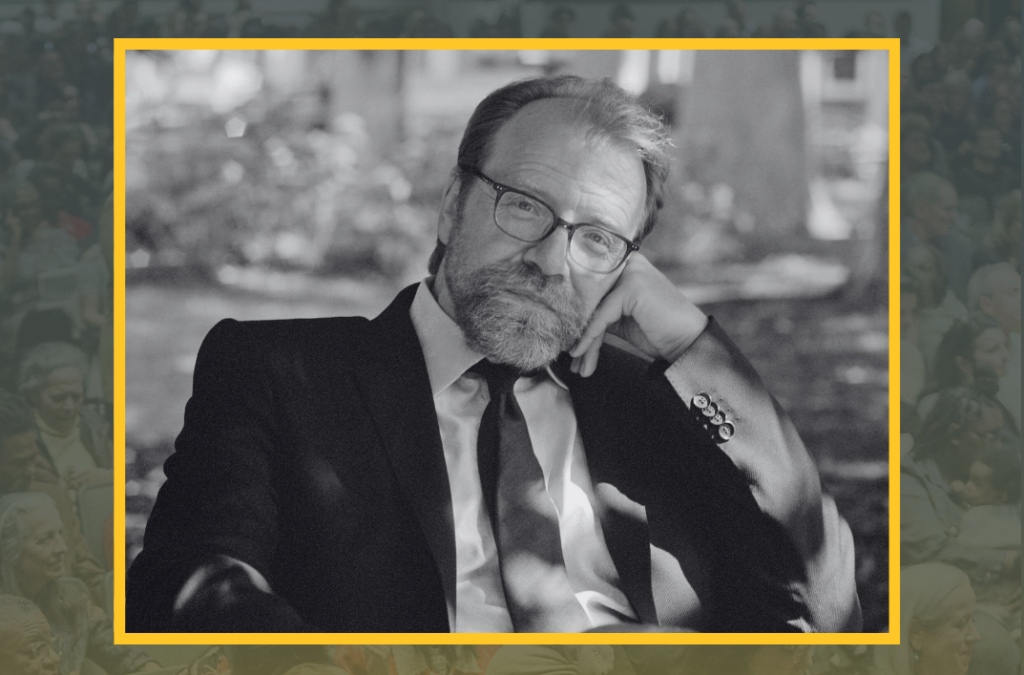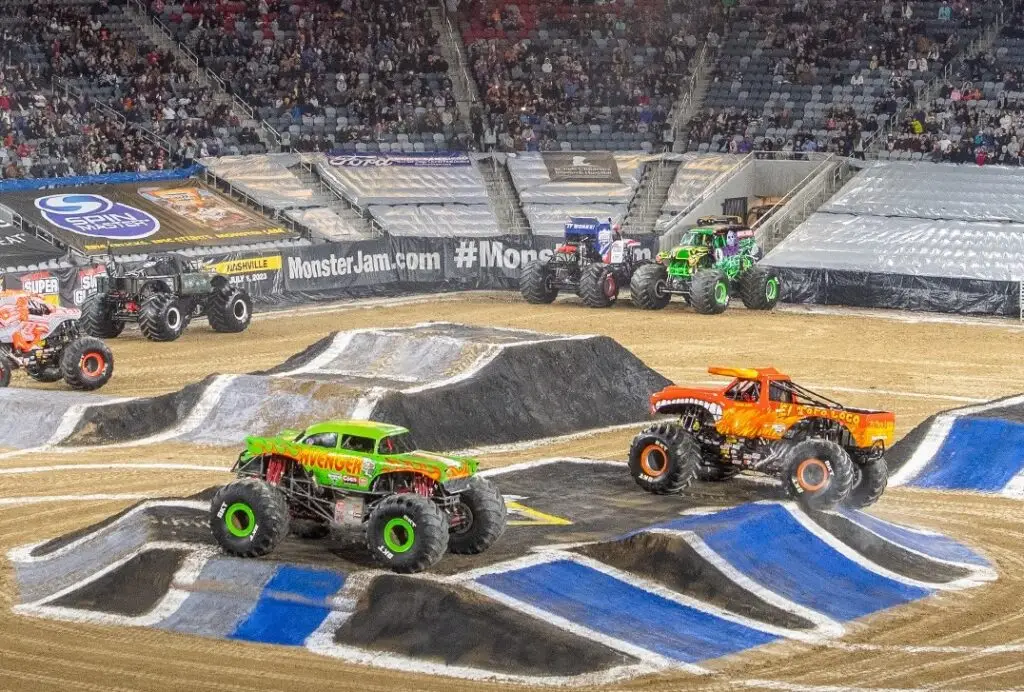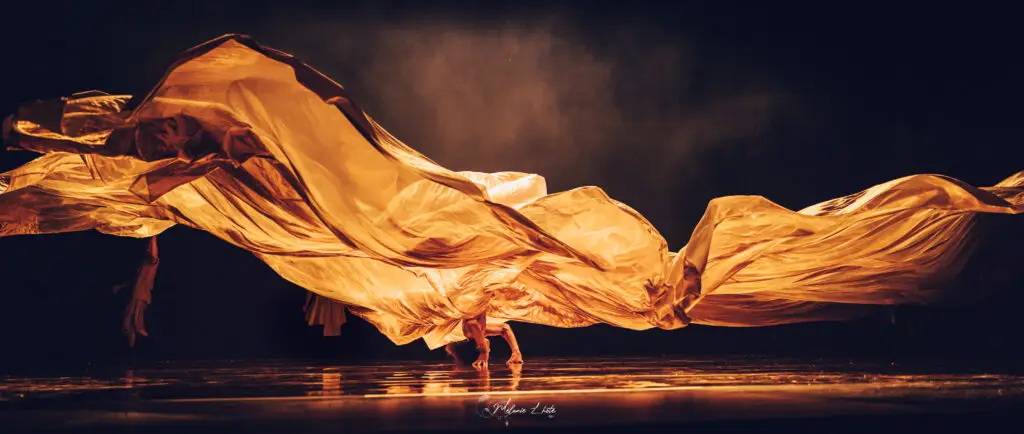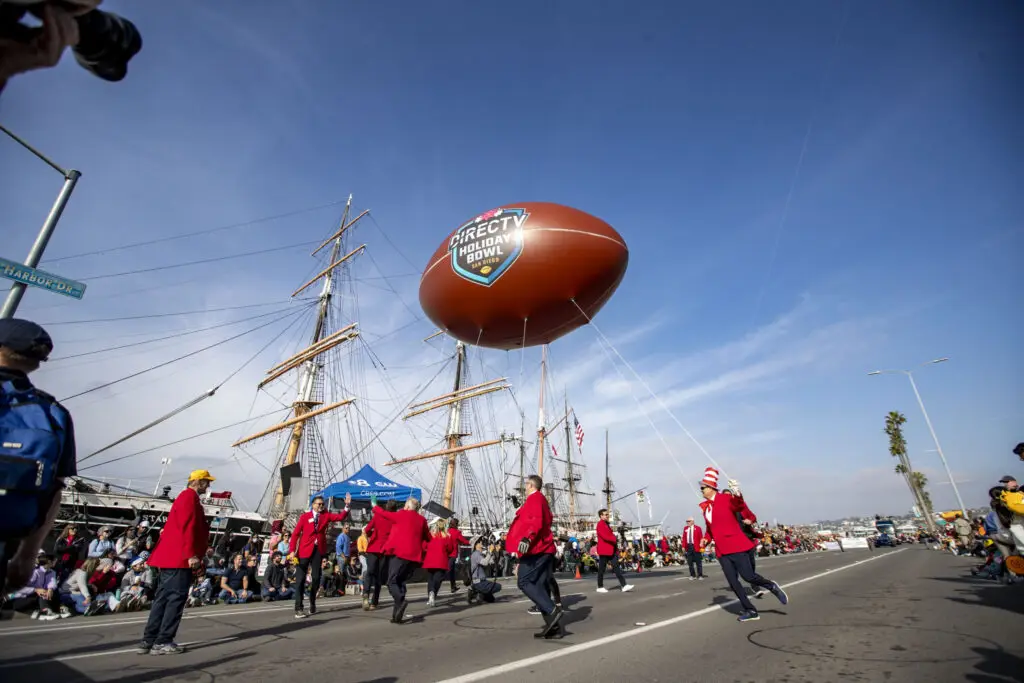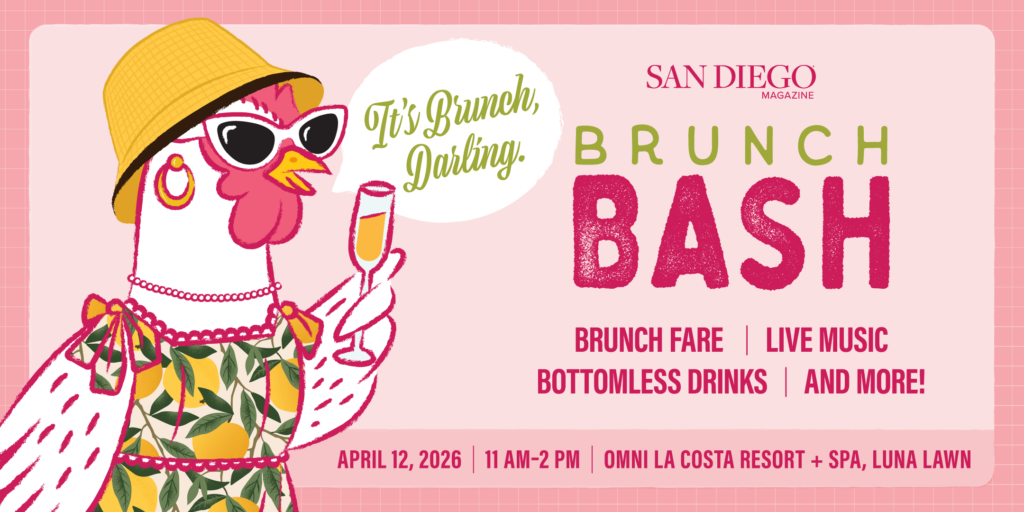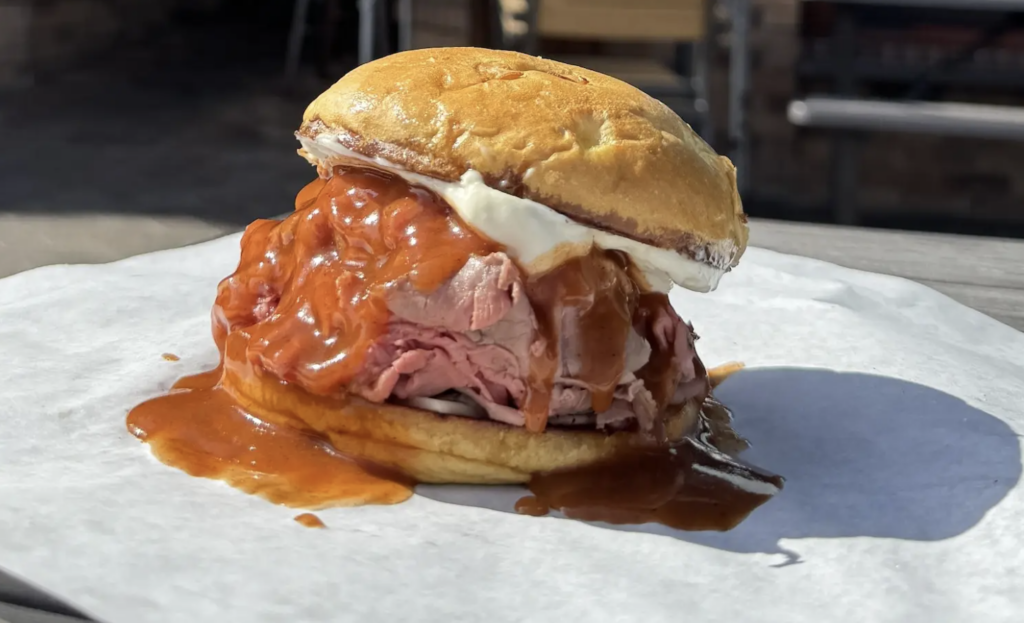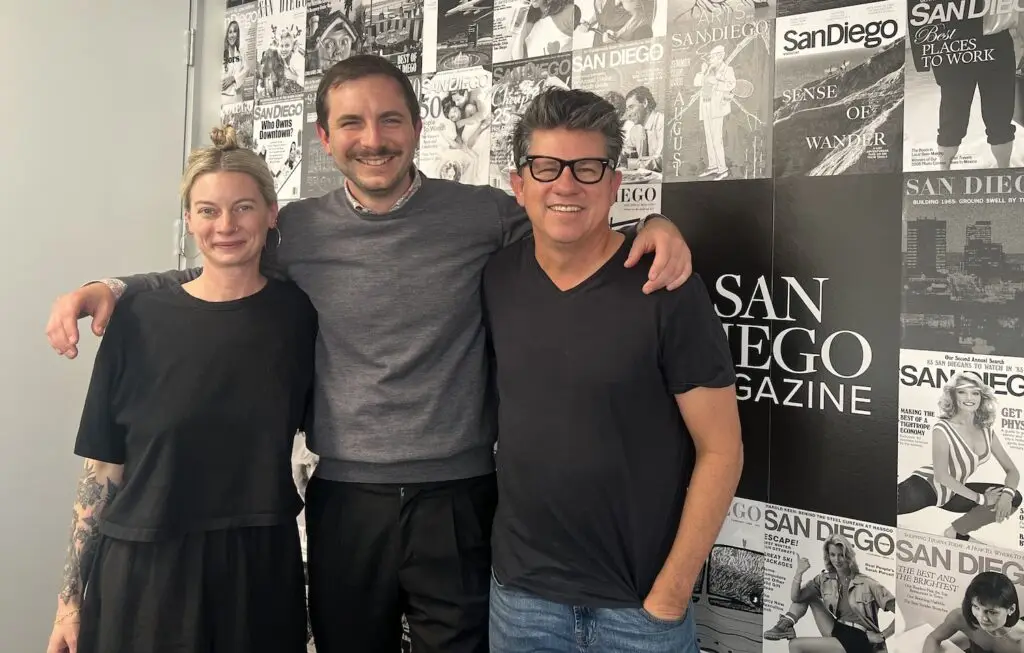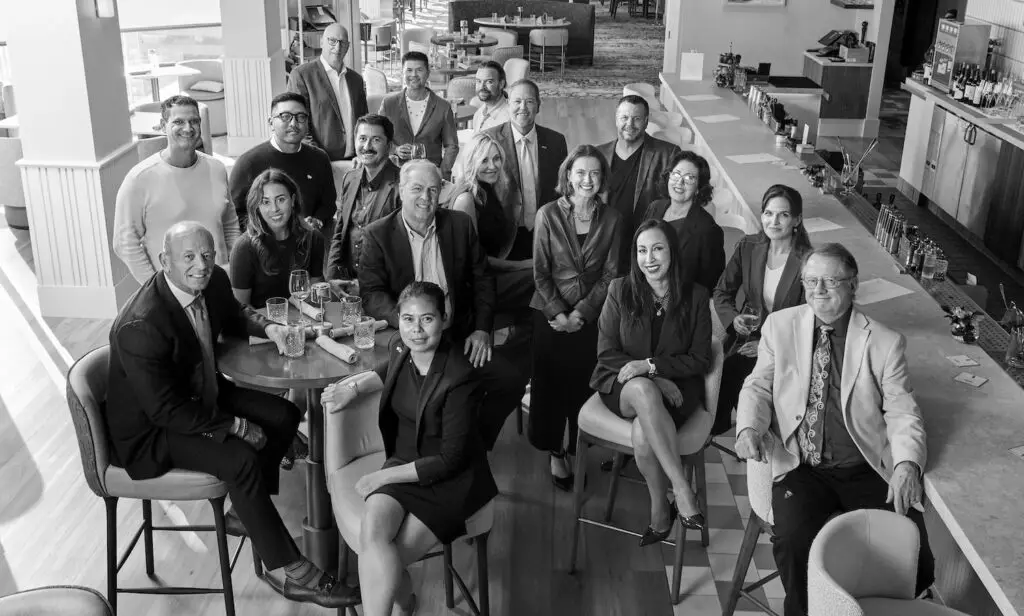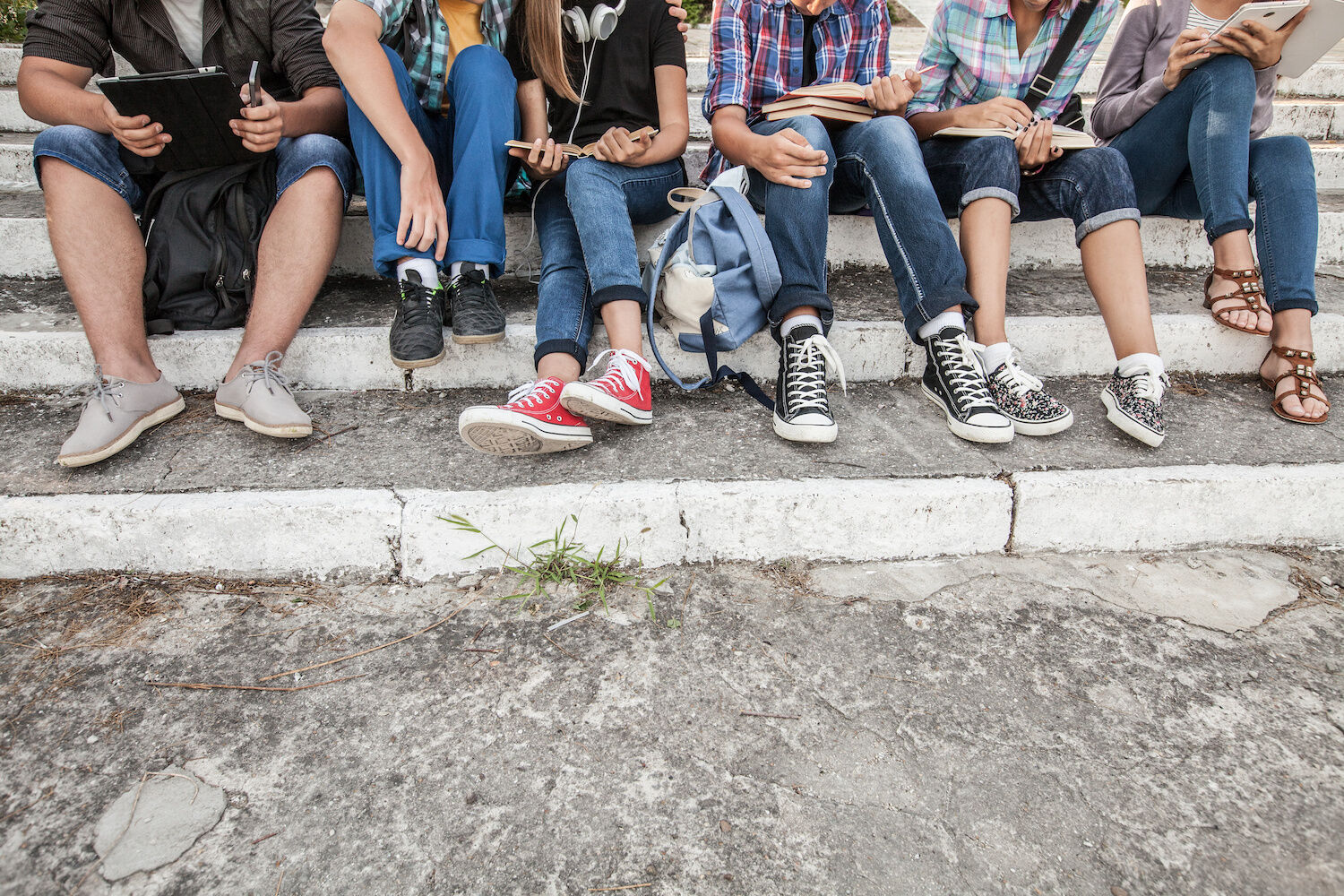
sober Gen Z
Alcohol was ruining Makayla’s* life—but it took a while for her to see it.
She didn’t see it when she was roofied while drinking with friends at her high school. Or when her grades plummeted. Or when she found a video of her and her sister blackout drunk, encouraging each other to self-harm.
The 17-year-old realized the extent of its impact when she faced alcohol poisoning for the first time.
She was “disgusted” when she fully took stock of where her life had gone in the three years she had been drinking. She was stealing alcohol, or hitting up strangers to buy for her, and waking up hungover alongside the flask she carried around everywhere.
She realized she was going down the same path as her father, who struggles with alcoholism. “I was sick and tired of waking up sick,” she says. “I was sick and tired of needing to steal alcohol. I was sick and tired of the trouble it was getting me in and [of] not remembering what I was doing.”
Makayla has since quit drinking and says she feels she finally has control over her life and body. And she’s not alone in this sentiment.
Younger people are choosing sobriety more than older generations on a global scale. Studies show more people between 18 and 24 are abstaining from drinking compared to the early 2000s, and Gen Z is drinking roughly 20 percent less than Millennials, according to a 2022 study by Berenberg Research.
San Diego’s youth is following suit. According to the city’s Binge and Underage Drinking Initiative, roughly 17 percent of 11th grade students in San Diego County were binge drinking in 2013. Come 2021, it was five percent.
Even casual consumption is down dramatically. In the same study, sixty percent of the same age group reported they had consumed alcohol in their lifetime back in 2013. Now it’s closer to 30 percent.
The Binge and Underage Drinking Initiative—facilitated by The Institute for Public Strategies (IPS) —has its finger on the pulse when it comes to local kids’ relationship to alcohol. IPS is contracted by San Diego County Health and Human Services to work on changing the messaging around alcohol and shape policies that reduce underage consumption.
We’ve moved beyond the Just Say No days of the D.A.R.E movement. Abstinence is encouraged, but IPS is more focused on providing alternatives for younger people regularly drinking or binging, Michael Pesavento, media advocacy specialist with IPS, says.
“What we’re really trying to do is build spaces where not drinking is more acceptable and [create] the social norm that a house party doesn’t have to just be a place to go to get blackout drunk,” he says. “It can be a place where you can hang out with your friends, and have a pool party, and do normal things that people want to do, but without the pressure of getting drunk all the time.”
But there’s also a big factor helping efforts outside of their control: Gen Z’s obsession with wellness. Research shows that those born between 1997 and 2013 are exploring wellness strategies and prioritizing their mental health more than any other generation before them.
@itstesstok hmmm alcohol is starting to give me the ick #sobertiktok #damptiktok #sobercurious #alcoholfreejourney ♬ original sound – tess
Let’s look at TikTok: #MentalHealth has 74 billion views at the time of publication. #SelfCare has 39.6 billion views. Meanwhile, #Sober is at around five billion views. There’s something to be said about these numbers.
Pesavento says part of the self-care ideology is pushing people away from drinking, but sometimes, the movement pushes younger people more toward booze as a treat.
“For some people, it’s like, I can treat myself a little bit more,” he says. “But on the other end of that spectrum, we’re also seeing people who are realizing there’s plenty of ways to live a perfectly functional, enjoyable life without alcohol.”
There’s “More Permission to be Curious”
Sobriety is a spectrum, meaning not everyone is going to have the same relationship with alcohol as high school student Makayla.
Take Ellie*, a local university student. She’s 25, but has drunk hardly any alcohol throughout her life. She says her reasons for abstaining “aren’t that deep.”
“I just don’t like the taste of beer, nor the smell,” she says. “A lot of alcohol tries to be really bitter or sour and I’m just not a fan of that.”
She sometimes worries her friends won’t think she’s cool if she abstains, but also says she’s aware it’s mostly in her head.
Hector Castro, 23, experiences similar concerns. He’s on the “rarely drinks, unlike his friends” part of the scale. His peers have mostly been supportive of his choices, but there’s still a certain insecurity that arises when his friends order a round of shots at the bar.
Acknowledging that spectrum was a huge sense of relief for Karolina Rzadkowolska, author of the self-help book Euphoric: Ditch Alcohol and Gain a Happier, More Confident You, when she started on her own sobriety journey here in San Diego. Rzadkowolska says that a few years ago, there were only two roads: you’re a regular drinker or you had a huge problem with alcohol.
“I really think that can be so damaging for people, because it doesn’t allow us to evaluate the role of alcohol in our lives at earlier stages, to just make that a normal process in our society,” she says. “We wait until there’s this grand problem, right? And then there’s so much stigma attached to that.”
But she says it’s different now. We’re breaking down those paradigms. “I think that what this conversation is doing is really giving people more permission to be curious and explore a different way with alcohol,” she adds.
Rzadkowolska also coaches women on how to thrive in the sober lifestyle. They come to her when they realize alcohol is no longer serving their lives, and she helps them change their relationship with it. She praises the “rebellers” who are shifting the conversation around drinking and placing more value onto wellness.
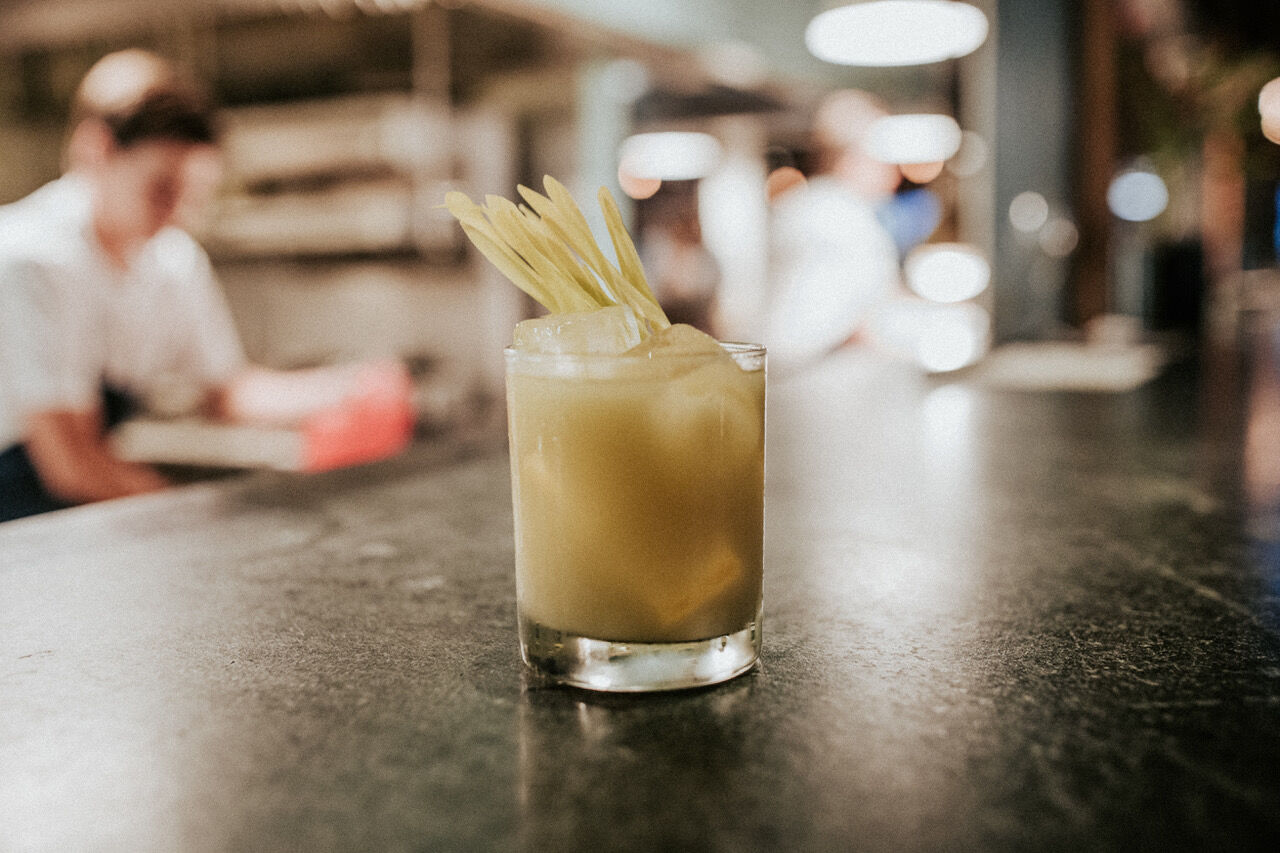
The Thank You Please mocktail at Campfire in Carlsbad.
The Industry Can Evolve or Fizzle out
Bartenders are also adjusting to the trend. We’re moving on from the days of Shirley Temples or White Russians without the Russian. Bars throughout the county are offering a variety of well-crafted zero-proof cocktails. Kindred in North Park, Elixir De La Lune in Bird Rock, and Sea 180 Coastal Tavern down in South Bay are just a few examples.
Rzadkowolska calls it a good business move. “I think it’s just really smart for all bars and restaurants to have the inclusivity and the options, because then you’re also missing out on business,” she says. “Like, if someone’s going to order tap water, that’s not really helping your bottom line versus [selling] them a mocktail.”
But for some, there remains a stigma around not ordering alcohol in a bar setting. Castro admits that asking a bartender for a mocktail is still anxiety-inducing. “Saying [mocktail] out loud makes me anxious,” says Castro. “I [feel] like people are listening to me and they’re like, ‘[You’re] just asking for a soda right now.’ At that moment, you’re kind of an outcast.”
As bartenders attempt to woo sober customers with mocktails, Big Soda is dipping its toe into alcoholic beverages with “hard” versions of popular soft drinks like Pepsi and Mountain Dew, the New York Times reports. Experts are worried the framing of these new products, and their accessibility, could undo the long-standing regression in alcohol consumption.
The folks at IPS are watching this, too. A large part of its work is finding ways to reduce alcohol access for underage folks by identifying where there’s an over-concentration of liquor stores and other places licensed to sell alcohol. It’s often more common in lower-income neighborhoods and communities of color, Maxwell Johnson with IPS says. He argues that local government doesn’t invest as much money in lower-income neighborhoods, making them an easier target for the alcohol industry.
“They use predatory marketing practices, they’re the ones that are trying to get harmful and dangerous products into the systems,” Johnson says. “It’s [about] making money at the end of the day.”
As Gen Z goes for the alcohol industry’s throat, the normalization of cannabis is surging. According to Bloomberg, there’s a strong preference for cannabis over alcohol with young people.
Matthew Brooks, 25, is “California sober”—meaning he only smokes weed. He was tired of the hangovers. He hated having to face the blowback from drunken decisions. Cannabis keeps him in control of himself.
“When I’d get blackout drunk … I would get really emotional,” Brooks says. “Like, to the point of distressing my friends and those around me. And it kind of puts a damper on the mood. I’ve never been emotionally overwhelmed by cannabis. Nothing like alcohol.”
Makayla agrees. Having control of her body once again after she quit drinking is a big deal for her. She says it’s all around just healthier and safer—and she doesn’t have to worry about being roofied again.
“When you’re at a party, nobody can fuck with your joint that you brought,” she says. “But if you have a cup, somebody can mess with it.”
PARTNER CONTENT
*This story deals with underage drinking and consuming alcohol on dry campuses. Last names have been omitted to protect the identity of these students.
